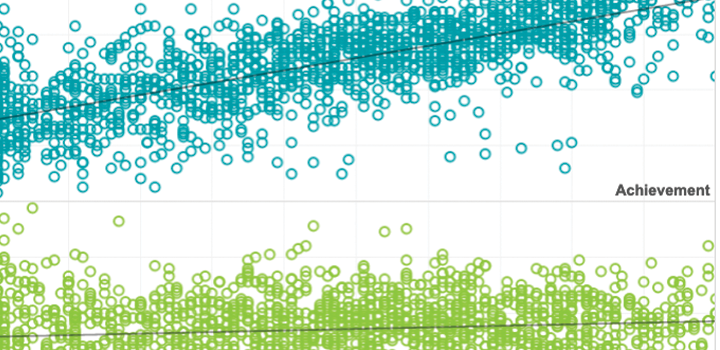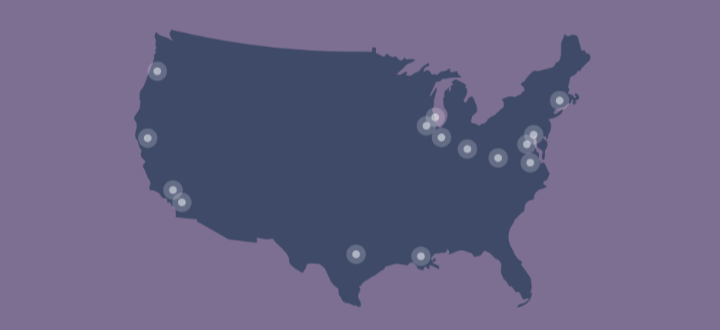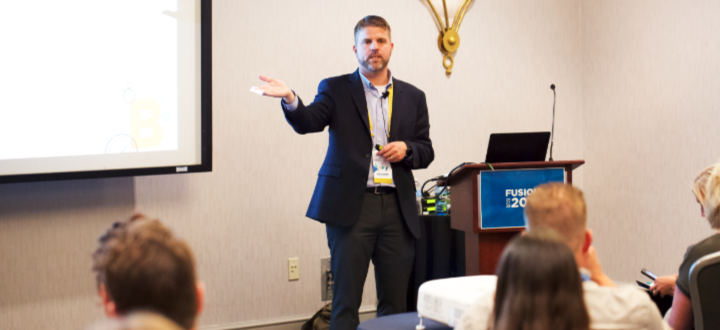Social-emotional learning
Students don’t learn only during the school year, and academic growth trajectories can change as students move from kindergarten through high school. Academic growth patterns across time—both in school and during the summer—can differ for various groups of students, and those patterns can influence academic achievement gaps. Our research advances understanding of seasonal learning patterns, summer loss, and school and non-school contributions to student growth.


This study examined the stability of social-emotional learning (SEL) skills and the extent to which students’ initial level in SEL skills in 6th grade and growth in SEL skills from 6th to 8th grade are related to students’ successful transition to secondary school. Findings suggest that understanding how a student develops social-emotionally can improve identification of students not on track to succeed in high school.
By: James Soland, Megan Kuhfeld
Topics: Social-emotional learning, High school, Middle school


Predictors and consequences of school mobility in middle childhood
This study examined family factors associated with school mobility and if either a move during the previous year or cumulative moves across elementary school were related to child functioning. School mobility during elementary school did not appear to be a pervasive risk although the authors were unable to study very high rates of school mobility because of very small sample sizes.
By: Deborah Lowe Vandell, Megan Kuhfeld, Elizabeth Gershoff, Robert Crosnoe
Topics: Middle school, Social-emotional learning


A multi-rater latent growth curve model
To avoid the subjectivity of having a single person evaluate a construct of interest (e.g., a student’s self-efficacy in school), multiple raters are often used. This study provides a model for estimating growth in the presence of multiple raters.
By: James Soland, Megan Kuhfeld
Topics: Measurement & scaling, Growth modeling, Social-emotional learning


A huge portion of what we know about how humans develop, learn, behave, and interact is based on survey data. Although there is great deal of guidance on scaling and linking IRT-based large-scale educational assessment to facilitate the estimation of examinee growth, little of this expertise is brought to bear in the scaling of psychological and social-emotional constructs. Through a series of simulation and empirical studies, we produce scores in a single-cohort repeated measure design using sum scores as well as multiple IRT approaches and compare the recovery of growth estimates from longitudinal growth models using each set of scores.
By: Megan Kuhfeld, James Soland
Topics: Measurement & scaling, Growth modeling, Social-emotional learning


This study explored how response style affects estimates of growth.
By: James Soland, Megan Kuhfeld
Topics: Measurement & scaling, Growth modeling, Social-emotional learning


Correlates of change in elementary students’ perceptions of interactions with their teacher
This study leveraged a racially/ethnically diverse sample of third and fourth grade students and teachers in a large, urban district to investigate whether stable student and teacher characteristics (e.g., sex) and observed quality of classroom interactions influenced change in students’ perceptions of interactions with their teacher.
By: Catherine Corbin, Erik Ruzek, Jason Downer, Amy Lowenstein, Joshua Brown
Topics: Equity, Social-emotional learning


Through a series of simulation and empirical studies, we produce scores in a single-cohort repeated measure design using sum scores as well as multiple IRT approaches and compare the recovery of growth estimates from longitudinal growth models using each set of scores.
By: Megan Kuhfeld, James Soland
Topics: Growth modeling, Social-emotional learning


